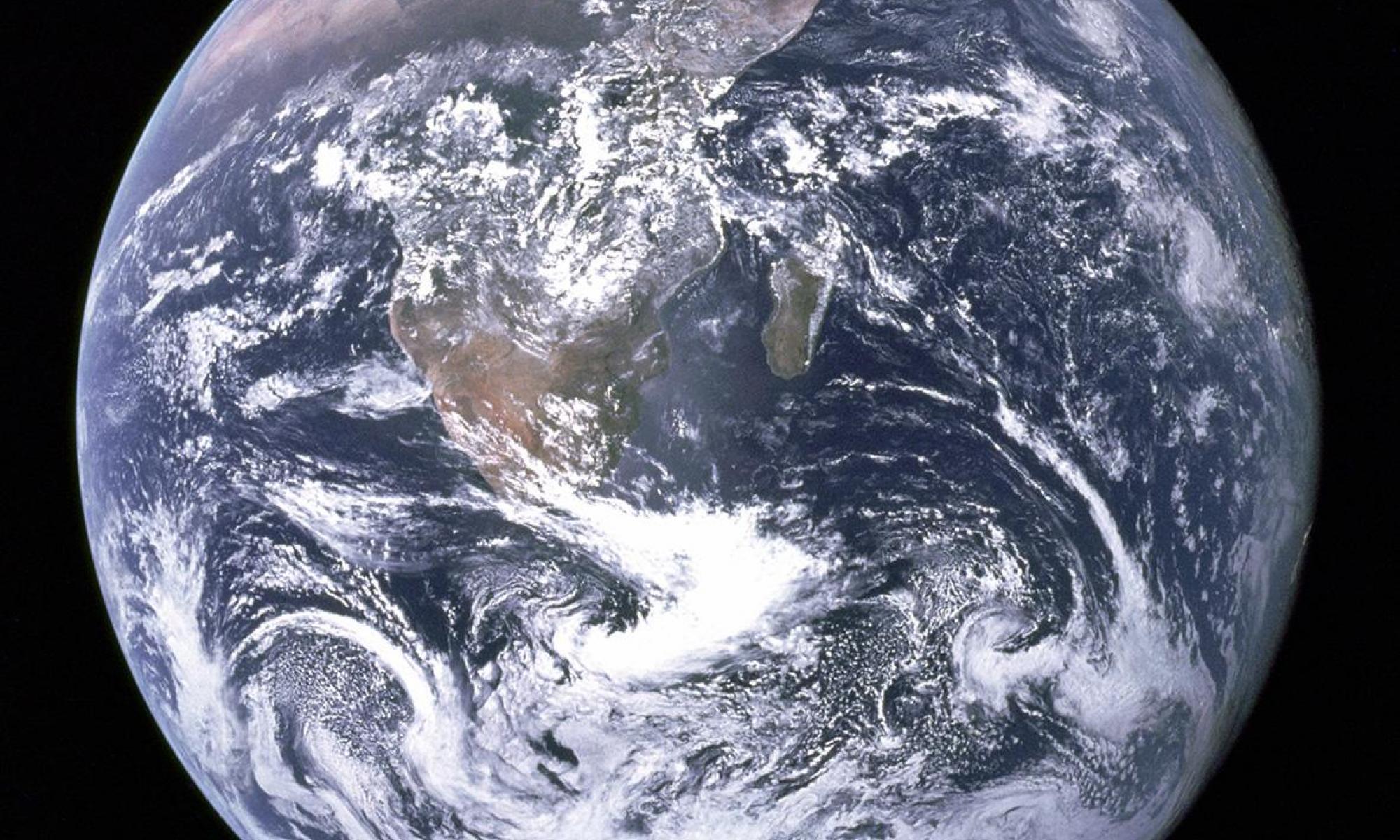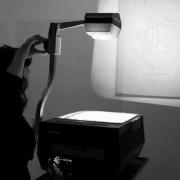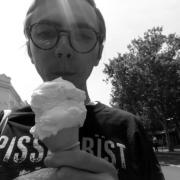Circling Actuality and Distortion: Reading the Messier 87 Image Through Ecological Gyre Theory
Capturing the Earth in its entirety, the Blue Marble image presents to us the planet—suspended. A flash of light onto film, time suspended. We see a whorling white mass in the bottom-left quadrant, off the African coast. This is the 1972 Tamil Nadu cyclone two days after it had made landfall in southern India, touching and tearing terrain, lasting a fortnight at most. It lives on in this frozen image, a permanent reminder of disruption both atmospheric and terrestrial on Earth. This image, arguably the most widely circulated of all photographs, became a symbol for the Whole Earth movement—a symbol for unity and an optimistic green future. The belief was that this image of the world would radically alter human capacity for the ecological interconnectedness that Donna Haraway would later call ‘becoming-with’, and thus for planetary coexistence, a mobilisation of ‘whole Earth thinking’. [1] Macroscopic empathy. Nothing hidden, obscured or gestured at behind a horizon line—just present, like a marble held in the hand.
[1] Donna Harraway, When Species Meet, University of Minnesota Press, Minneapolis and London, 2008.
Title Image:
NASA/Apollo 17 crew
The Blue Marble, 1972
NASA



